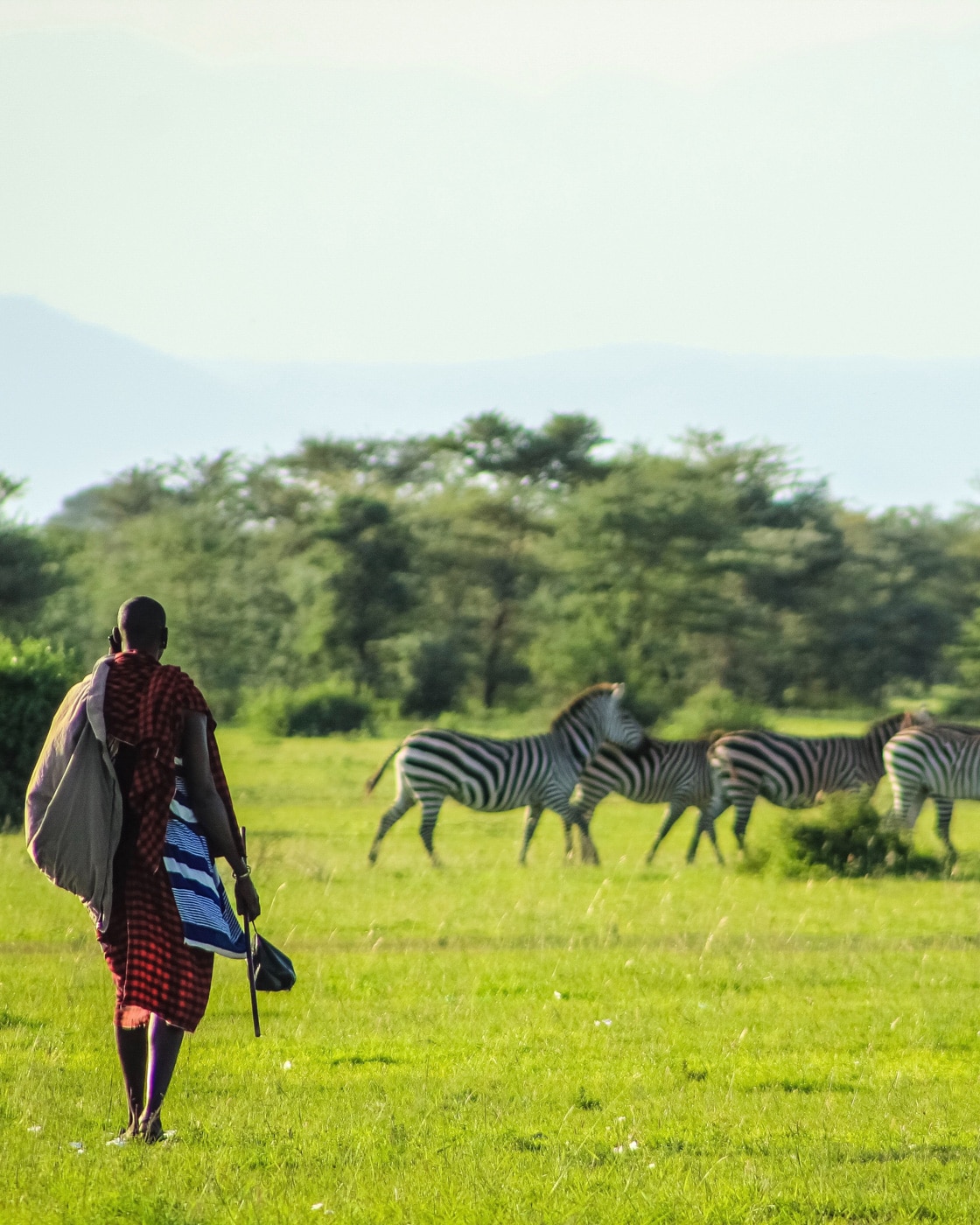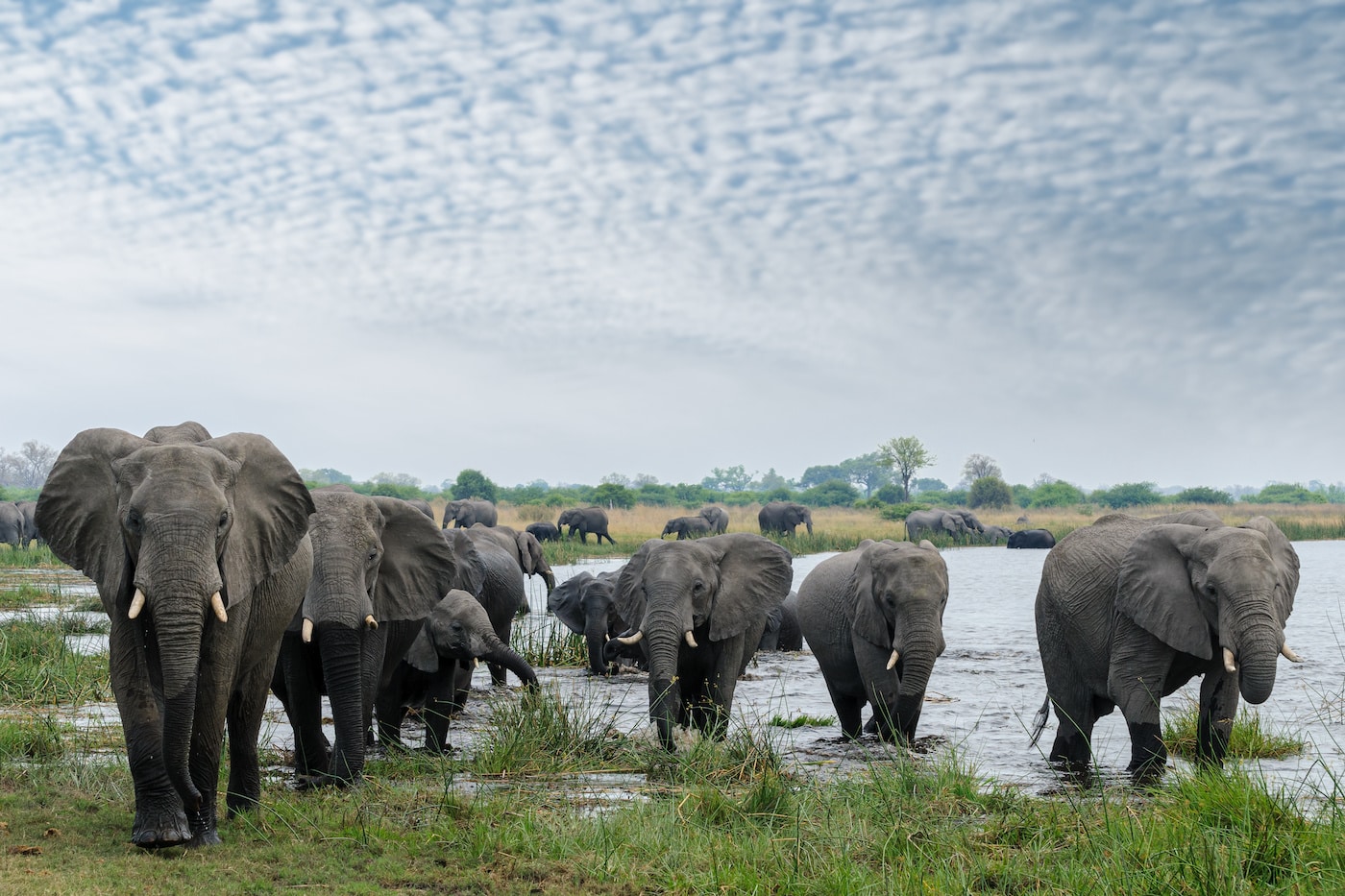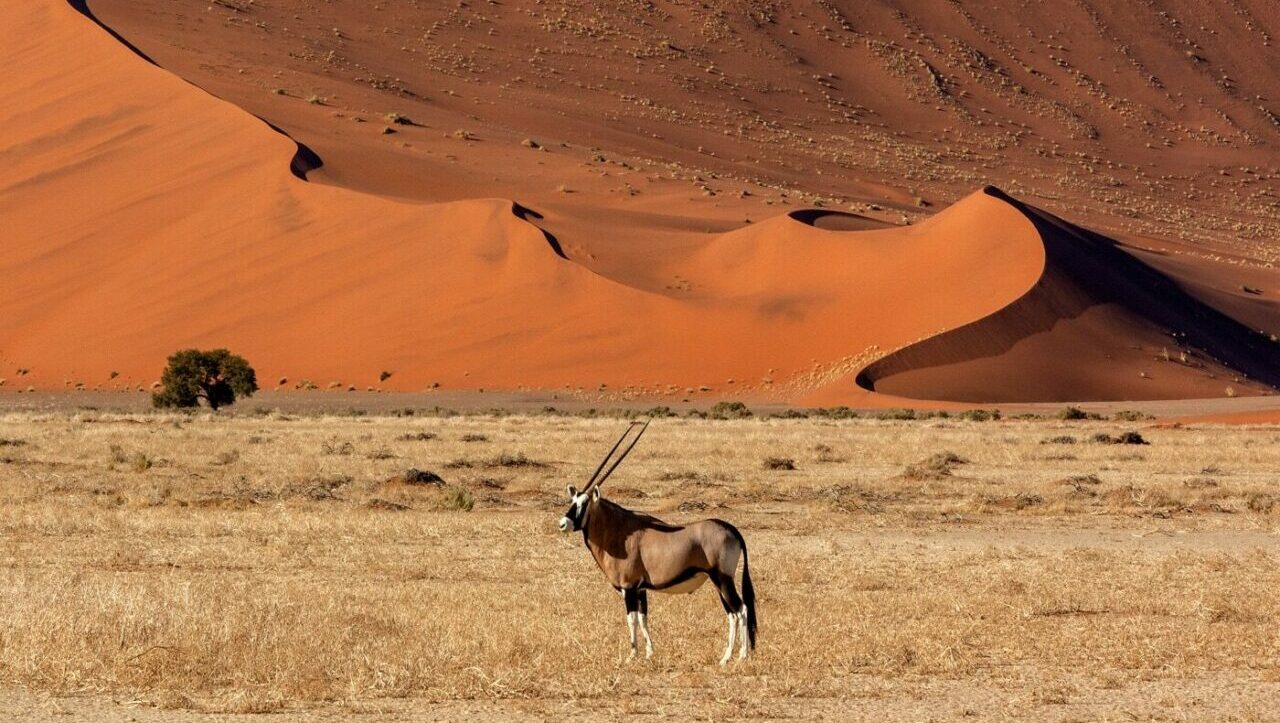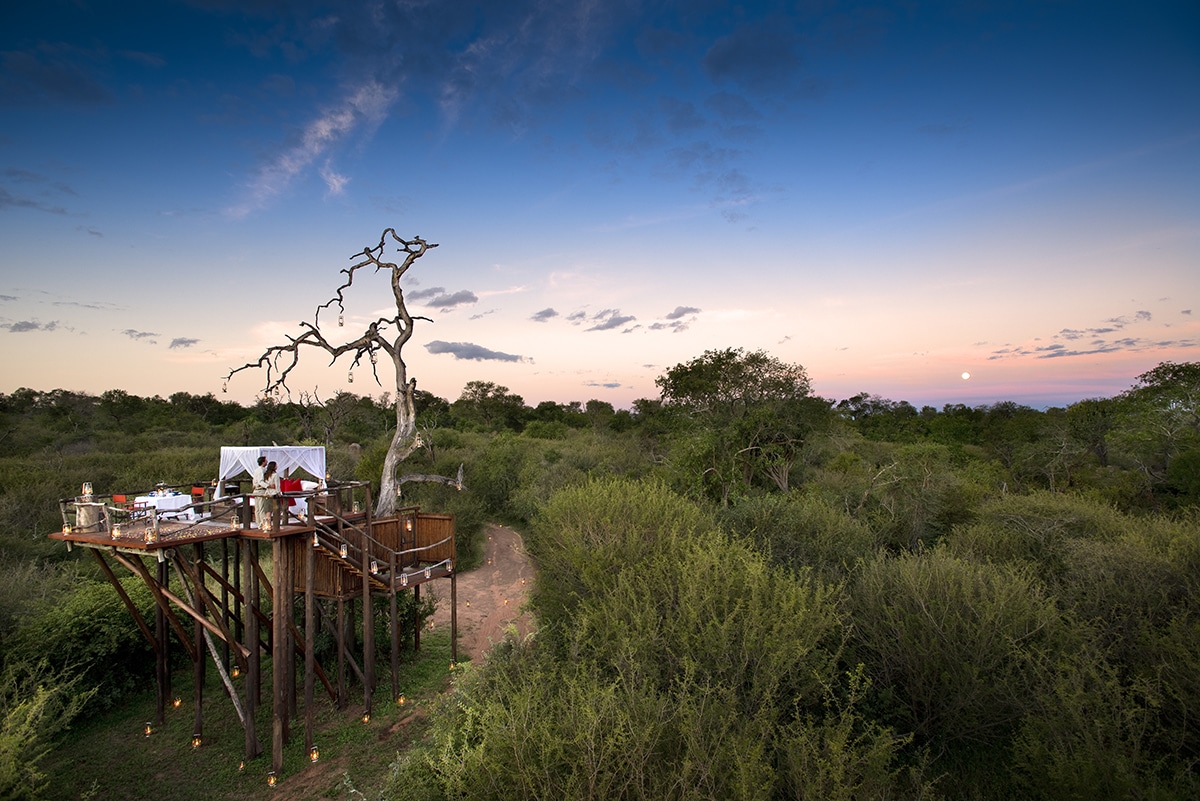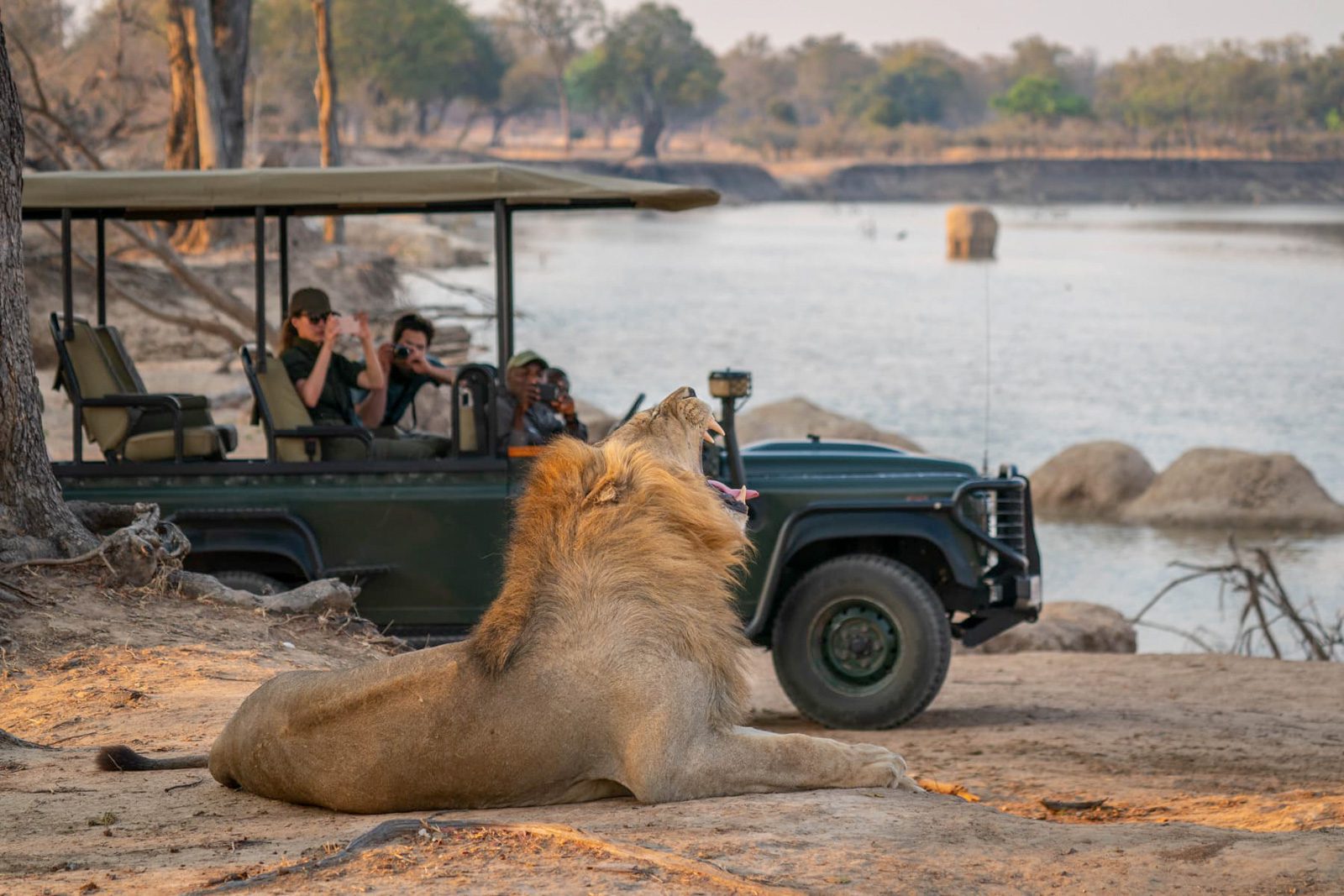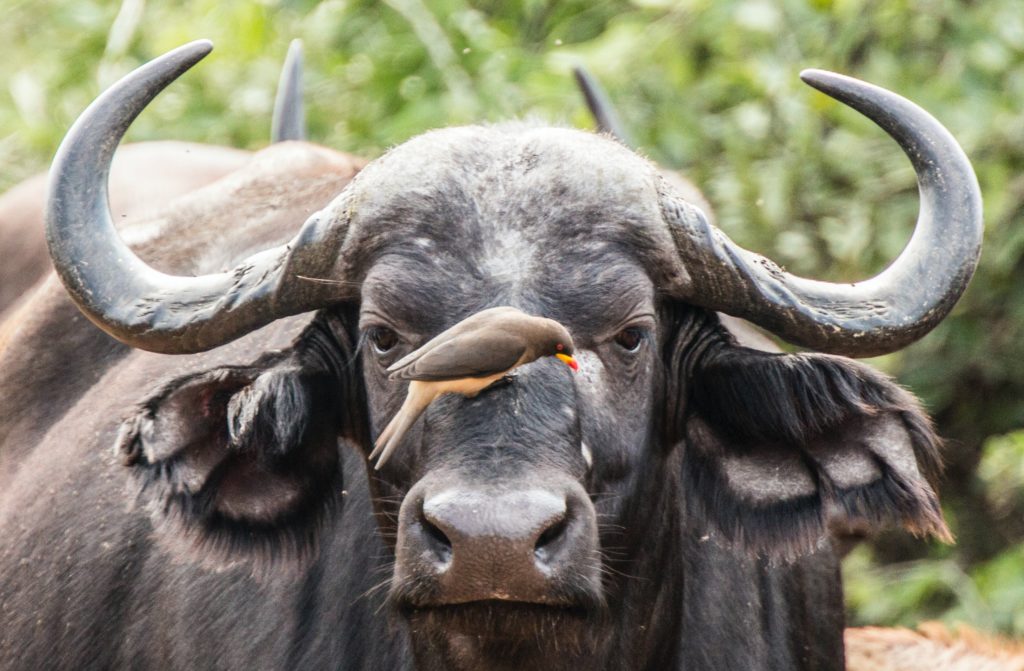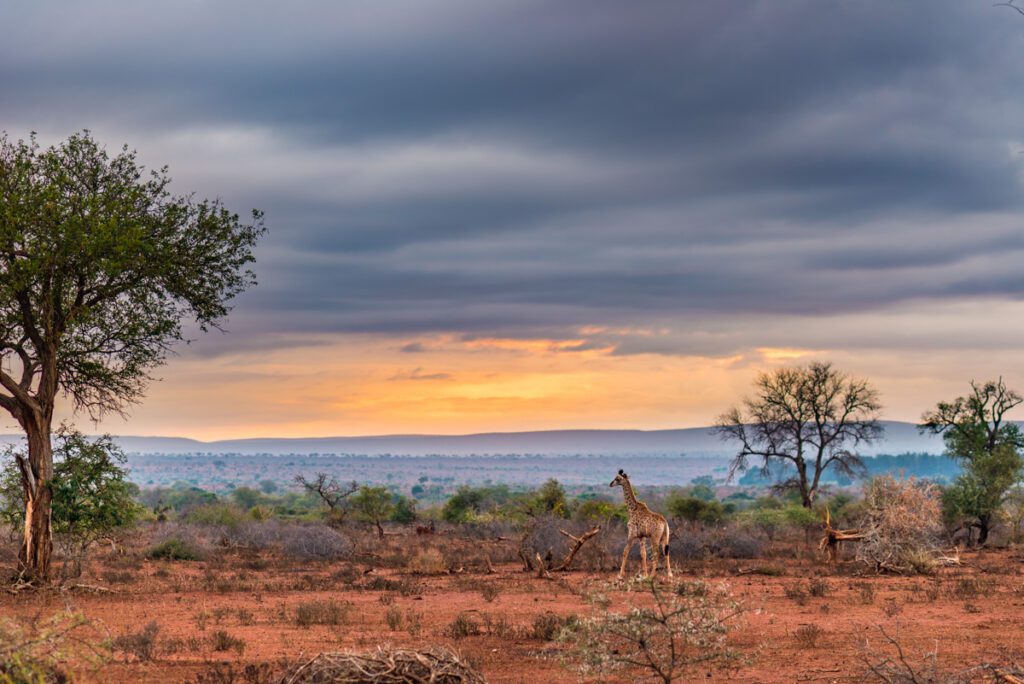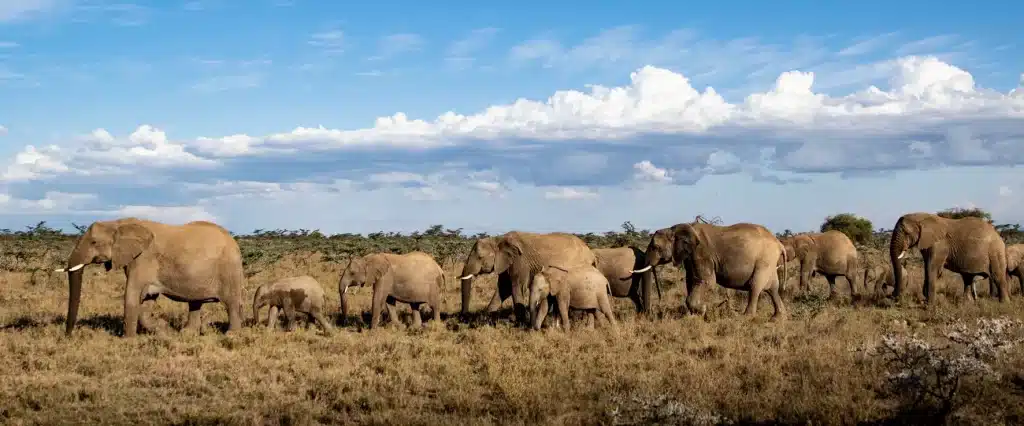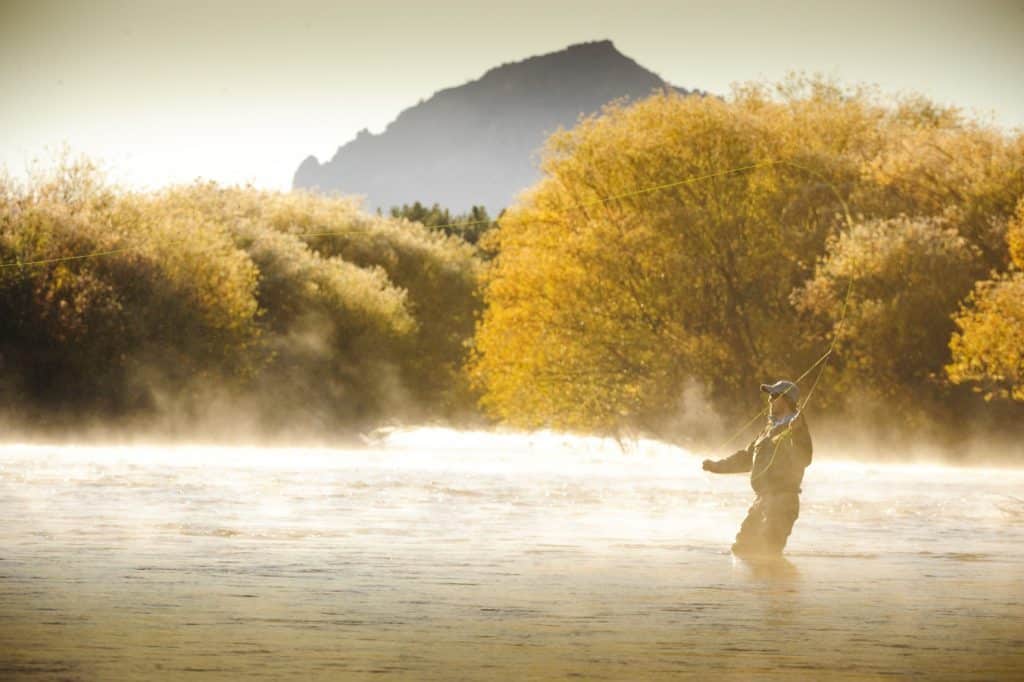AFRICA IN YOUR HANDS
Deciding on the Best African Safari
“What’s the best African safari?”
Whether you ask friends, travel agents, Google, Alexa or Siri, it’s likely that this question will invoke an array of varied responses.
The reality is that the ‘best African safari’ doesn’t exist in a singular sense. Rather, it is dependent on what you wish to see, when you are able to go, the type of traveler you are and myriad other variables.
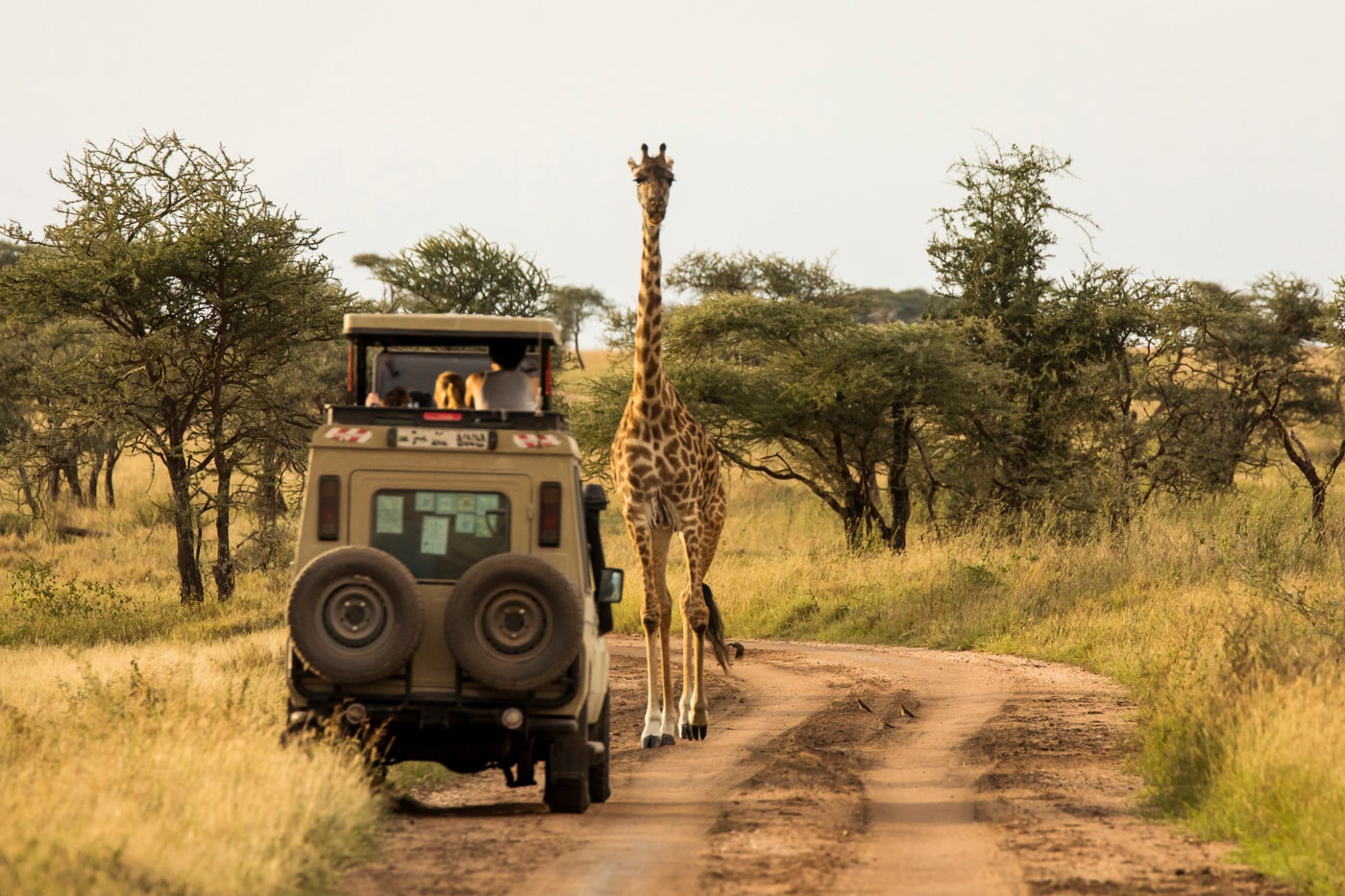
It is always good to start with some ideas though, a foundation from which to build the best African safari that incorporates everything you dream of. For that reason, we have compiled the following suggestions of safaris, focussing on specific aspects of an African safari.
- The Quintessential Safari
- A Visual Safari
- The Extraordinary Safari
- A Luxury Wildlife Safari
- A Safari of the Tastebuds
- An Adventurous African Safari
To help you discover all that is possible, we have also compiled a wide range of sample itineraries. These are not the set packages offered by more formulaic travel agencies, but rather a flavor of the possibilities.
The Quintessential African Safari
It is likely, when a safari first-timer pictures an African adventure, that it will evoke images of colonial tents, sweeping plains, herds of zebra and giraffe gracing the horizon and big cats prowling through tall grasses.
This is the Africa of film and literature, truly iconic and wonderfully breathtaking, and it is in Kenya and Tanzania that this can most readily be found. That isn’t to say these are the only countries to provide the best African safari for this particular experience, only that they are the most frequented and well-appointed for such adventures.
The Masai Mara and Serengeti, in Kenya and Tanzania respectively, typify the colonial safari. Homesteads hark back to the early- and mid-1900s, frozen in time since English gentlemen first settled on the plains, bringing with them the decadent trappings of a traditionally upper-class lifestyle. The extravagance of yesteryear was extraordinary; grand pianos, fine bone china, crystal glassware, weighty timber furniture and much more was meticulously shipped from the homeland to create a little piece of England in a very foreign world.
This can still be felt in numerous properties across the two countries, and the whispers of the era echo onwards to this day. From these lush surroundings, one can venture out on a game drive straight from the pages of a book. Elephant induce a cloud of dust as they wander the dry season’s parched plains in search of water, the Great Migration makes its steady way southwards in its perpetual circumnavigation, and leopard scan the vista from sporadic trees. Here too dwell the Maasai – perhaps the most recognized of Africa’s tribespeople, swathed in their red shuka blankets, spear in hand and one leg lifted in mimicry of a flamingo.
Often employed as guides and occasionally performing their famous adumu leaping dance for guests, they are, in many ways, the epitome of African tradition, and their ocean of knowledge makes them the perfect companion for newcomers.
Added to all of this, roving tented camps provide a safari under canvas. Wonderfully romantic, these opulent tents place visitors in the heart of nature and, just like their forebears of the last century, are replete with the spoils of colonial travel, from crisp cotton sheets to copper wash basins.
While both nations offer inordinately more, for those searching for a more classical experience, Kenya and Tanzania may well provide the best African safari.
A Visual Safari
If romanticism comes second to nature, and if photography is more of your persuasion, Botswana could be the best African safari for you.
Although the Okavango Delta – Botswana’s vast and sprawling perpetual aquatic network – often provides an almost magnetic pull, a Botswana safari is incredibly diverse, and its abundance of species creates an ideal setting for a photographic safari.
Luxurious lodges levitate on the banks of the waterways, some on their own private islands, and create an impeccable viewing platform from which to observe and capture the passing wildlife. A kaleidoscope of birdlife swoops and soars in the skies above while hippo, crocodile and elephant bask in the cool waters. Stepping from the shore, one can board a cruise or traditional mokoro canoe for a perspective unachievable on terra firma.
The delta draws in a striking variety of life, from numerous antelope species to the big cats, but it is also possible to expand your horizons in Botswana. On the northern borders lies Chobe National Park, home to readily accessible and large elephant populations, as well as the remaining four of the Big Five; leopard, lion, Cape buffalo and rhinoceros. Though less aqueous than the Okavango, rivers and wetlands still provide plentiful hydration for game and water-borne safaris for visitors. Here too, it is possible to find more scarce species, including cheetah, roan antelope and African wild dogs, all significant attractions for a hungry camera lens.
At the heart of the country is the strikingly contrasting Makgadikgadi. This ancient lake is now an arid, dry salt pan and, while few animals dwell there, the handful of residents are exquisitely juxtaposed with the landscape. Occasional zebra and elephant herds traipse across the flat, white landscape, and semi-habituated meerkats offer a charming interaction with African wildlife.
For avid shutter-bugs, Botswana is surely one of the most rewarding countries, if not the best African safari.
The Extraordinary Safari
For those more familiar with a somewhat conventional safari, there can be a desire for difference, venturing somewhere completely divergent to their previous experiences.
For this, Namibia may well be considered the best African safari.
Having viewed a plethora of game on previous safaris, nature may fall second to experience. While Namibia does have nature, Etosha National Park to the country’s central north offering somewhat more typical game drives, the dunes and deserts are what has made Namibia an attraction for travelers searching for the alternative.
Terracotta waves of sand, sculpted by wind and time, soar skywards, skeletal trees stand as shadows of a more irrigated past, and wandering rhino, elephant, cheetah and oryx add an extra beat to the hearts of onlookers.
Namibia has one of the five highest dunes in the world – imaginatively named Dune 7 – and its impressive size is a wondrous spectacle to behold. Balloon flights across this arid environment are stunning, the seemingly empty landscape coming to life in contrast and its immensity better appreciated from the silent basket.
Yet despite this comparative emptiness, high luxury exists, with a selection of lodges and camps reflecting the uniqueness of their surroundings. Wonderfully imaginative architecture houses opulent accommodation, in its rooms and furnishings and also in service and facilities. With such expansive horizons, the views venture beyond horizontal and as night falls, lodges embrace the night sky, through telescopes and fireside viewing platforms, ceiling windows and sliding roofs, offering a canopy of stars under which to drift off.
Namibia isn’t a typical safari destination, but for something utterly unique, it could well be considered the best African safari.
A Luxury Wildlife Safari
With one of the highest gross domestic products (GDPs) of any African nation, South Africa is also home to some of the most luxurious safaris.
South Africa is vast and, as such, offers a selection of safari destinations. However, its crowning jewel in terms of safaris is the greater Kruger region. The park forms part of the Great Limpopo Transfrontier park, which encompasses a number of smaller parks reaching into Zimbabwe and Mozambique, from which the Kruger benefits greatly. Animals are free to roam across this immense tract of land, covering 13,500 square miles (35,000km²), though many species establish semi-permanent territories.
Kruger National Park is wonderful for day visitors and contains a handful of luxury lodges, but on its periphery lies a collection of private reserves, attracting a similar abundance of life, but with absolute exclusivity for guests.
Thornybush, Timbavati, Manyeleti, Sabi Sands and MalaMala all share borders with the park, each containing an elite collection of private camps and lodges. Some of the most renowned, including SIngita, Londolozi, MORE Family Collection and Royal Malewane, excel in the finest safari accommodation available. From architectural design to the most impeccable attention to detail and every conceivable creature comfort attended to, each property is of the highest echelon available throughout Africa.
In addition to these exceptional properties, the Kruger region attracts some of the most educated and experienced guides to escort guests through the dense bushland. Wildlife abounds, and reserves are particularly known for their high leopard populations. Here too, it is possible to see the Big Five, along with some lesser-sighted species including cheetah, serval, wild dogs, aardvark and pangolin, though these creatures are scarce.
The Best African Safari for the Tastebuds
Sometimes, animals and nature are not the elements of a safari. In fact, the word simply means ‘to journey’, and this can manifest in myriad ways.
A journey of the senses can be found in the Western Cape and, while not the best African safari in the truest sense, it provides no less intrigue and wonder. Known for its world-class vineyards, the crashing ocean and the capital of Cape Town, the coastline of the Western Cape has an assortment of superb attractions. Pure escapism can be found in the winelands, rolling hills of lilac fynbos undulate from the coast, giving way to wide plains at the foot of the Simonsberg mountain range, and it is here, particularly surrounding the towns of Stellenbosch and Franschhoek, that early settlers first planted grapes.
To complement such fine vintages, a thriving contemporary culinary scene par excellence has arisen, with some of the most renowned chefs opening restaurants or establishing themselves as ‘in-house’ creators at the numerous wineries.
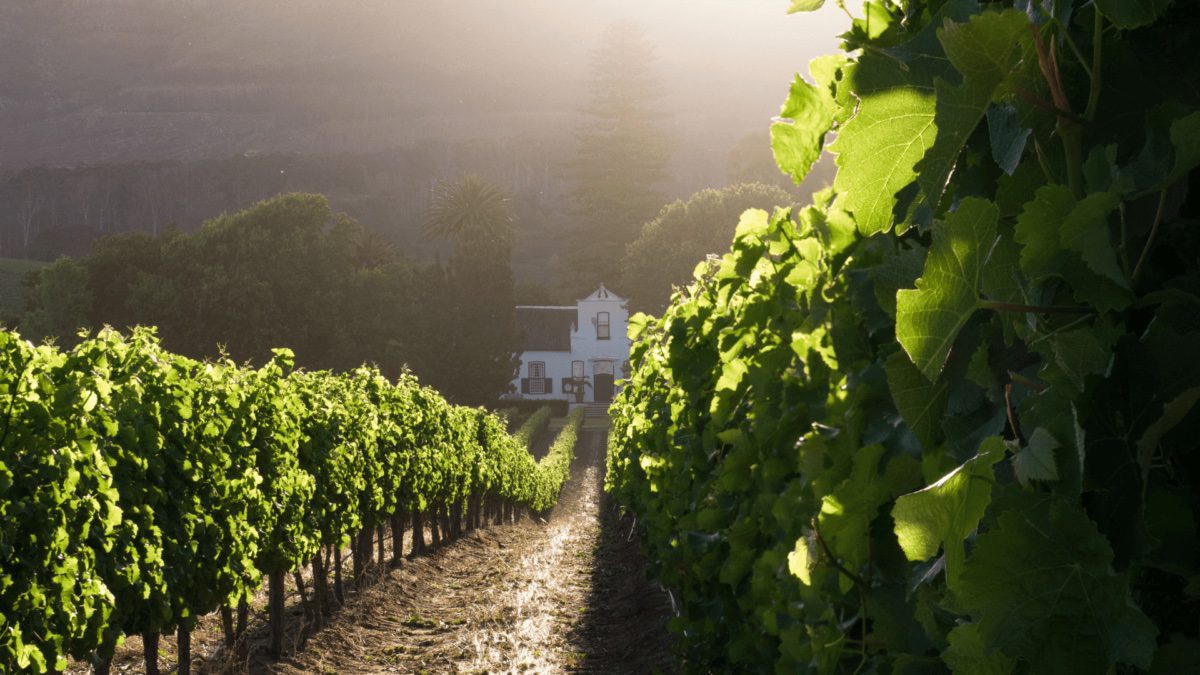
Cape Town has a thriving culinary scene, from plant-based eateries to fine dining restaurants, and invariably one can find nuances of traditional foods, including exotic meats, braai (barbecue) dishes and local ingredients.
With the Atlantic at its doorstep, seafood is also an integral element of culinary creations.
Stepping from the shore an oceanic safari is possible, and the Marine Big Five – the great white shark, the southern right whale, the bottlenose dolphin, the Cape fur seal, and the African penguin – can be found.
The Western Cape isn’t without the more familiar species of Africa, and several national parks and private reserves are home to elephant, antelope and several of the big cat species. That said, this is not a favored destination for the typical wildlife of the continent. Fascinating, vibrant, relaxing and luxurious, it is better combined with a wilderness destination to encompass a gamut of Africa’s appeal, but for a journey of the senses, it is quite possibly the best African safari.
An Adventurous African Safari
Though adrenaline may course through the veins at the approach of an impressive bull elephant or close encounter with a lion, thrilling excitement takes a more sedate approach through much of Africa.
This all changes in Zambia.
Though game drives are very much a part of the Zambia safari experience, a preferred method of exploration is by foot, and the country is renowned as the home of the walking safari. This brings nature into stark contrast, the complete immersion, without steel cage or speedy exit at hand, heightening the rawness of nature in this part of the world.
Carefully planned, and with an armed ranger always accompanying guests, walks take place in areas with a low density of predatory game and dangerous wildlife, so the risk of such excursions is minimal, but the sense of vulnerability feels far more real than the reality. This makes for a thrilling experience and the tangibility of nature all around you is captivating. Antelope saunter by, elephant peer in curiosity from a distance and hippo snort and grunt in the Zambezi with their observers safely elevated on the steep banks. The senses are piqued to every rustle or crack of twig, the sights, sounds and smells of the bush omnipresent when stepping forth.
Beyond the bush, if one’s adrenalin gauge is still running low, dynamic activities such as helicopter flights, and canoeing on the Zambezi are sure to elevate the needle. Boat cruises and catch-and-release fishing for the ferocious tigerfish may be less physical, but the drama and exhilaration of these activities is also intoxicating.
Nature is plentiful in Zambia, due mostly to the life-giving waters of the Zambezi River, but there is a distinct uniqueness to a Zambia safari, akin to yet differentiating from similar journeys in Botswana, Kenya, Tanzania or any of the more familiar safari destinations.
Luxury can also be found in Zambia, and lodges are distantly scattered along the river’s banks and on sporadic private islands within its flow. Other countries might offer better, more ‘pure’ safaris than Zambia, but here it feels more real, more wild, and less as if observing the natural world from a distance, albeit from an open-top game vehicle.
That is not to suggest that this isn’t available in other nations; certainly, walking or horseback safaris are commonplace elsewhere, but in Zambia it becomes the norm, rather than an exception or addition to the familiar game drive. This is what Zambia has become known for, and it lives up to the reputation exceptionally.
Is Zambia the ‘best African safari’?
Join us on social media as Leora Rothschild packs her bags and experiences all that Zambia has to offer in the coming weeks.
The truth of the matter is that there is no one ‘best African safari’ and we are not suggesting otherwise. The best safari experience is the one that best fulfills your personal hopes and dreams. It may be relaxing or exciting, traditional or contemporary, luxurious or rustic, filled with wildlife at every turn or set within breathtaking landscapes. What makes your best African safari is for you to decide and for us to advise before creating an exclusive, handcrafted itinerary that reaches far beyond your wildest imagination.
A NOTE ON SAFARIS: Many of the experiences mentioned here in specific areas can be enjoyed in numerous other destinations. Though they aren’t exclusive to the regions shared here, these are certainly the better locations to visit for these specific attributes. For example, while Botswana is exceptional for photography, obviously the avid photographer will be more than satisfied in the vast amount of locations across Africa.
Five Steps to Creating Your Best African Safari
- Select a budget. This is a financial choice and a matter of time. The more of both that you have, the closer you will be to achieving your wishes.
- Choose a theme. Animals, culture, camps or lodges, numerous transfers or extended stays; it might be as simple as suggesting “I’d like to see the Big Five and visit as many varied destinations as possible.”
- Select a country… or three. It is not essential to provide a preferred location, and our Travel Designers will advise on the best destinations in which to achieve your goals, but it can help them to better understand what it is you’re searching for. Visit our Country Pages for an overview of each destination.
- Trust Your Travel Designer. We have been everywhere and done everything. We know best because we have experienced it all firsthand. You may have specific things that you simply must do, but allowing your Travel Designer the flexibility to create your journey will undoubtedly result in more than you could ever wish for.
- Experience Your Safari. The nature of a safari is immersive. Allow yourself the freedom to plunge into each experience and destination. Guides will care for you, staff will tend to your wishes – surrender to every moment and reap the rewards. And even if photography is your passion, view your journey through a screen as little as possible.

